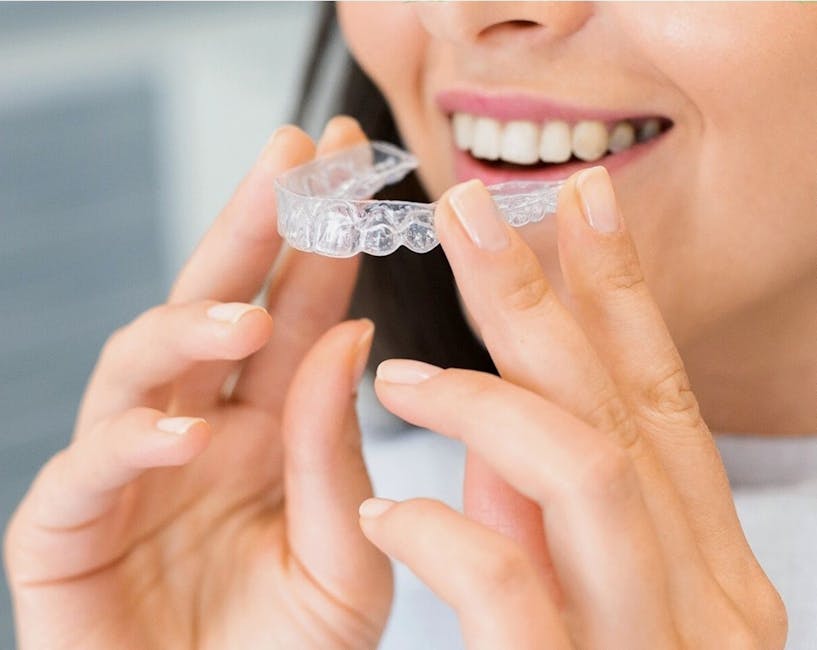What You Should Know About Orthodontics

During orthodontic treatment, the jaw bone and teeth are rearranged to improve chewing and speaking. Teeth that are not aligned properly increase the risk of tooth decay, gum disease, and poor oral hygiene. This treatment also improves the appearance of the teeth and jaw.
Orthodontic treatment is generally performed for children, but can also be done for adults. The condition known as malocclusion, or bad bite, is a common reason for orthodontic treatment. A bad bite can also lead to other issues such as headaches, temporomandibular joint (TMJ) syndrome,e, and dental decay. A healthy bite can also reduce the risk of gum disease.
Orthodontic treatment involves the use of different types of devices to correct bite irregularities. These devices include clear braces, aligners, and fixed and removable appliances. Fixed appliances use bands, brackets, or wires to slowly move teeth into better positions. Removable appliances may be used to treat minor problems. These appliances are removable and are usually worn for specific activities such as eating and flossing. However, they are uncomfortable when eating and cleaning.
Orthodontic treatment can help prevent jaw injuries and asymmetrical teeth. It can also help correct cleft lip and palate. This treatment is most effective when done during childhood. A pediatric orthodontist can determine the best time for treatment based on the development of the patient's face and jaw. If treatment is needed, it may be done as early as seven years of age. However, it is important to remember that orthodontic treatment is not a quick fix. It can take up to two years to complete.
Orthodontic treatment is designed to restore a healthy smile and increase confidence. It is an effective treatment for children and teenagers. It can also help correct other problems, such as tooth decay. It can also improve the appearance of the front teeth. This can help protect them from damage during sports.
During treatment, the orthodontist will study your teeth and make impressions of them. These impressions will be used to create a custom treatment plan. They will also examine your dental records, which will include x-rays and models of your teeth. These records can also be used to make sure that the teeth are properly aligned.
Orthodontic treatment can also correct overcrowding. Overcrowding can occur when there is not enough room in the mouth for all of the teeth. When there is not enough room for all of the teeth to come through, they will grow crooked and make cleaning harder. If the teeth do not fit properly, they will also wear down the tooth enamel. This can lead to extensive dental procedures.
Orthodontic treatment is also used to treat a cleft lip or palate. It can help control tongue thrusting and thumb sucking. It can also improve the ability of the mouth to dry and prevent cavities. In some cases, a child's crooked teeth will require the removal of teeth.
Orthodontic treatment can help prevent the development of periodontal disease and tooth decay. However, it is important to maintain good oral hygiene and follow the instructions of the orthodontist. It is also important to avoid certain foods and drinks. Check out this related post to get more enlightened on the topic: https://www.britannica.com/science/dentistry.
